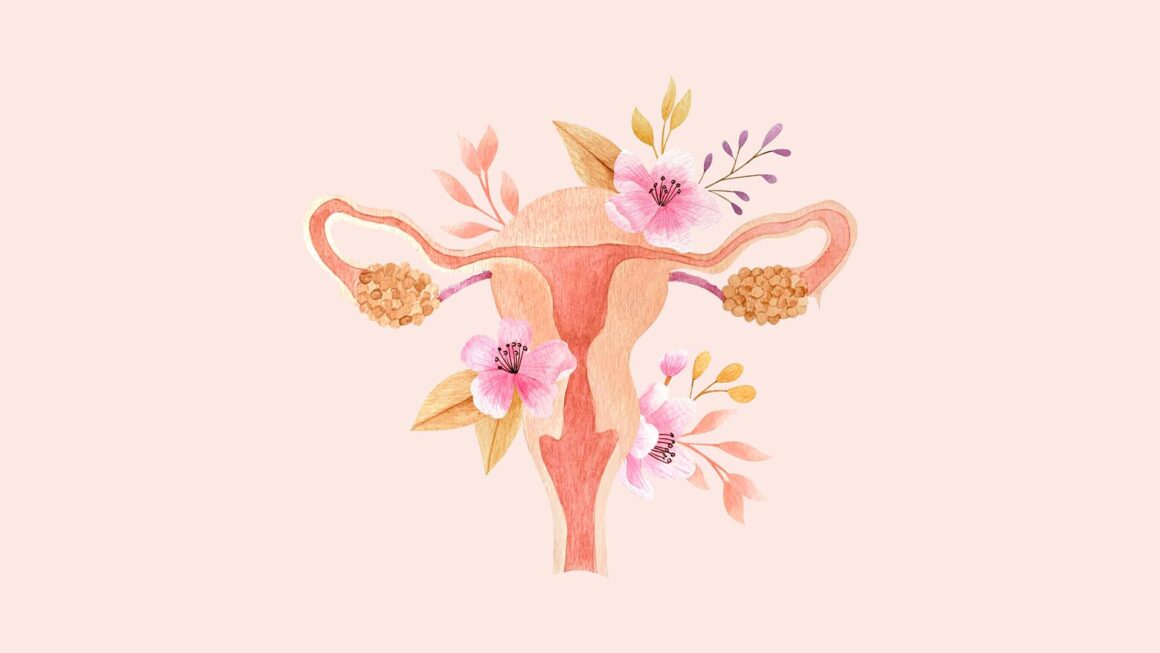The fallopian tubes are two thin tubes, one on each side of the uterus, which help lead the mature egg from the ovaries to the uterus. A blocked fallopian tube, which is also known as tubal factor infertility, is when an obstruction, such as scarring, an adhesion, or infection, prevents the egg from traveling down the tube. This can occur on one or both sides and is the cause of infertility in up to 30% of infertile people with ovaries.1 A fallopian tube blockage can impact fertility.
It’s unusual for people with blocked fallopian tubes to experience any symptoms. Many with this condition assume that if they are having regular periods that their fertility is fine. This isn’t always true.
Each month, when ovulation occurs, an egg is released from one of the ovaries. The egg travels from the ovary, through the tubes, and into the uterus. The sperm also need to swim from the cervix, through the uterus, and through the fallopian tubes to get to the egg. Fertilization usually takes place while the egg is traveling through the tube.
If one or both fallopian tubes are blocked, the egg cannot reach the uterus, and the sperm cannot reach the egg, preventing fertilization and pregnancy. It’s also possible for the tube not to be blocked totally, but only partially. This can increase the risk of a tubal pregnancy, or ectopic pregnancy.
Symptoms –
Unlike anovulation, where irregular menstrual cycles may hint to a problem, blocked fallopian tubes rarely cause symptoms. The first “symptom” of blocked fallopian tubes is often infertility. If you don’t get pregnant after one year of trying (or after six months, if you’re age 35 or older), your doctor will order a specialized X-ray to check your fallopian tubes, along with other basic fertility testing.
A specific kind of blocked fallopian tube called hydrosalpinx may cause lower abdominal pain and unusual vaginal discharge, but not every woman will have these symptoms. Hydrosalpinx is when a blockage causes the tube to dilate (increase in diameter) and fill with fluid. The fluid blocks the egg and sperm, preventing fertilization and pregnancy.3
However, some of the causes of blocked fallopian tubes can have their own symptoms. For example, endometriosis and pelvic inflammatory disease (PID) may cause painful menstruation and painful sexual intercourse.4
Symptoms that could indicate pelvic infection include:5
- general pelvic pain
- pain during sexual intercourse
- foul smelling vaginal discharge
- fever over 101 (in acute cases)
- nausea and vomiting (in acute cases)
- severe lower abdominal or pelvic pain (in acute cases)
Acute pelvic infections can be life-threatening.6 If you have a high fever or severe pain, contact your doctor immediately, or go to the nearest emergency room.
Causes –
The most common cause of blocked fallopian tubes is PID.7 Pelvic inflammatory disease is the result of a sexually transmitted disease, although not all pelvic infections are related to STDs. Also, even if PID is no longer present, a history of PID or pelvic infection increases the risk of blocked tubes.
Other potential causes of blocked fallopian tubes include:1
- Current or history of an STD infection, specifically chlamydia or gonorrhea
- History of uterine infection caused by an abortion or miscarriage
- History of a ruptured appendix
- History of abdominal surgery
- Previous ectopic pregnancy
- Prior surgery involving the fallopian tubes, including tubal ligation
- Endometriosis
Treatment of Blocked Fallopian Tubes –
If you have one open tube and are otherwise healthy, you might be able to get pregnant without too much help. Your healthcare provider may give you fertility drugs to increase the chances of ovulating on the side with the open tube. This is not an option, however, if both tubes are blocked.
It is important to note that this medication is prescribed to help you conceive but it will not unblock a blocked fallopian tube. Likewise, exercise cannot unblock a blocked tube. The only thing that may help unblock a blocked tube is surgery, but it is not always successful. Here is what you need to know about surgery for blocked tubes as well as IVF and tubal ligation.
Laparoscopic Surgery
In some cases, laparoscopic surgery can open blocked tubes or remove scar tissue.9 Unfortunately, this treatment doesn’t always work. The chance of success depends on how old you are (the younger, the better), how bad and where the blockage is, and the cause of blockage. If just a few adhesions are between the tubes and ovaries, then the chances of getting pregnant after surgery are good.
Your risk of ectopic pregnancy is higher after surgery to treat tubal blockage.
Your doctor should closely monitor you if you do get pregnant and be available to help you decide what’s best for you.
However, surgical repair isn’t always the best option. Situations that may be better for IVF include the presence of significant scaring, moderate to severe endometriosis, or moderate to severe male factor infertility.10 Your doctor can help you review whether surgical repair or going straight to IVF treatment would be best for your situation.

